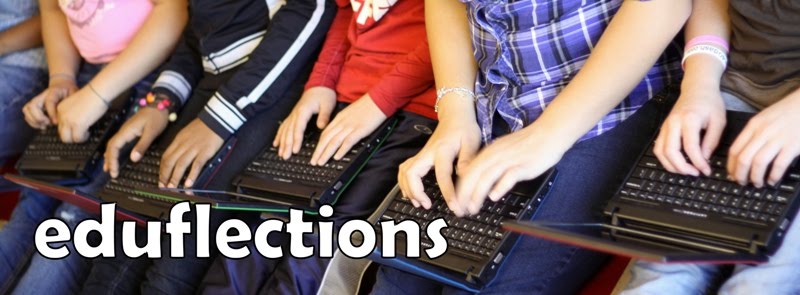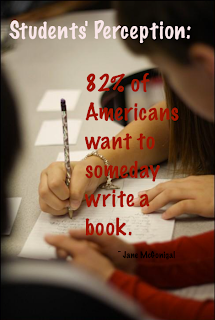 |
| Everything is Bigger in Texas. |
With so many options at ISTE, it is difficult to select the right events, sessions, and activities. The word I heard most often was "overwhelming." Today, our students are diverse individuals with unique needs. There is not a one-size-fits-all solution. As educators, we must have a plethora of options. Using my previous ISTE experience, I looked for sessions that would deepen my understanding as a teacher. I want to continue to grow and learn new ways to provide my students with the best possible learning opportunities. I want to sharpen my teaching practice. After all, this is an educational conference...we're all educators.
As I attended session after session, I became a bit disheartened. In almost every session, the entire focus was on tools and apps. Very few student examples of work were shown. The work that was used as examples, although fun to watch, held very little merit. After a day and a half of this, I sent out this tweet:
I am a concerned teacher. Where is the high level of engagement? Where are the learning activities that are promoting higher level thinking and problem-solving? How are students connecting their learning to their lives? Where is the creation of something new to share with an authentic audience? And collaboration...maybe I have a different definition than many others. I believe collaboration is when students each contribute something unique to a project.
I began to wonder if I had unrealistic expectations. If so, I realized that I would not have very many to attend my session, "Are you integrating or innovating with technology?," because in my session there is a heavy focus on best practices and the role that technology has within our classrooms and schools. Yes, I share tools and apps; yes, I share student examples. But these tools and examples are used to support how we as teachers need to change our thinking and our practice in order to empower students. The conversation we had during this hour I found exhilarating. Many of the people who attended (it ended up being a closed session with people being turned away) expressed similar concerns to mine. They also had been looking for substance that they could take back to their schools and districts.
Of course, there is a place for the "60-tools-in-60-minutes" type of sessions as we do need to know what is out there, but it doesn't need to stop there. As Vicki Davis tweeted, we must "transcend hype and share practical ways that give us hope to reach all kids." We need to remember to keep our focus and become discriminating in our teaching practice. Dressing up a pig doesn't change the fact that it's a pig. Likewise, all the bells, whistles, and animations does not take the place of true learning and teaching. After all, it is not about the tools....it's about the learning...and our students are counting on us.
P.S. I'm positive there were other sessions out there offering fantastic models, practices, and ideas. I'm sorry I didn't find you this year. Please realize that I'm writing from my own experiences. Thank you ~J



.JPG)
